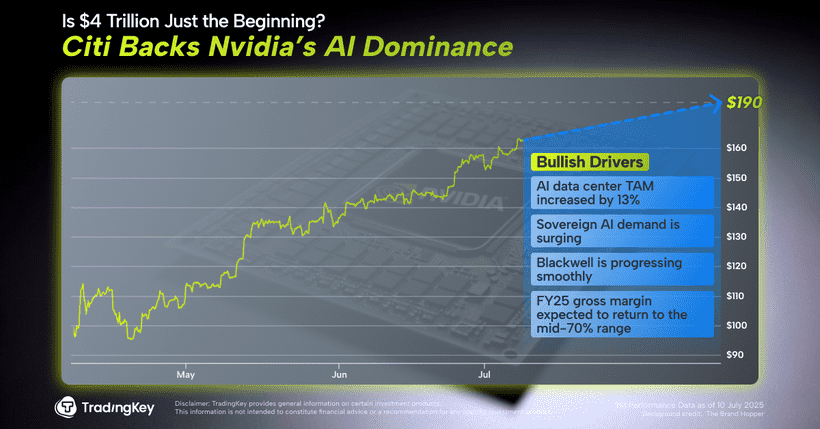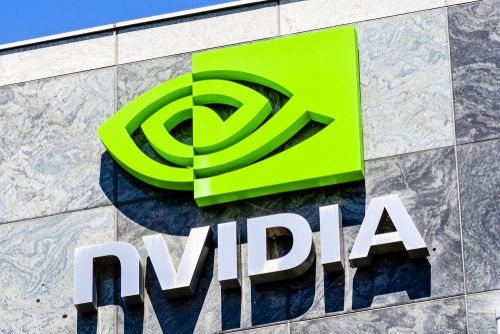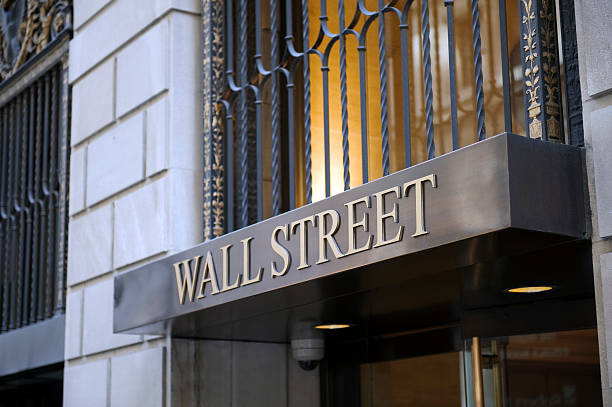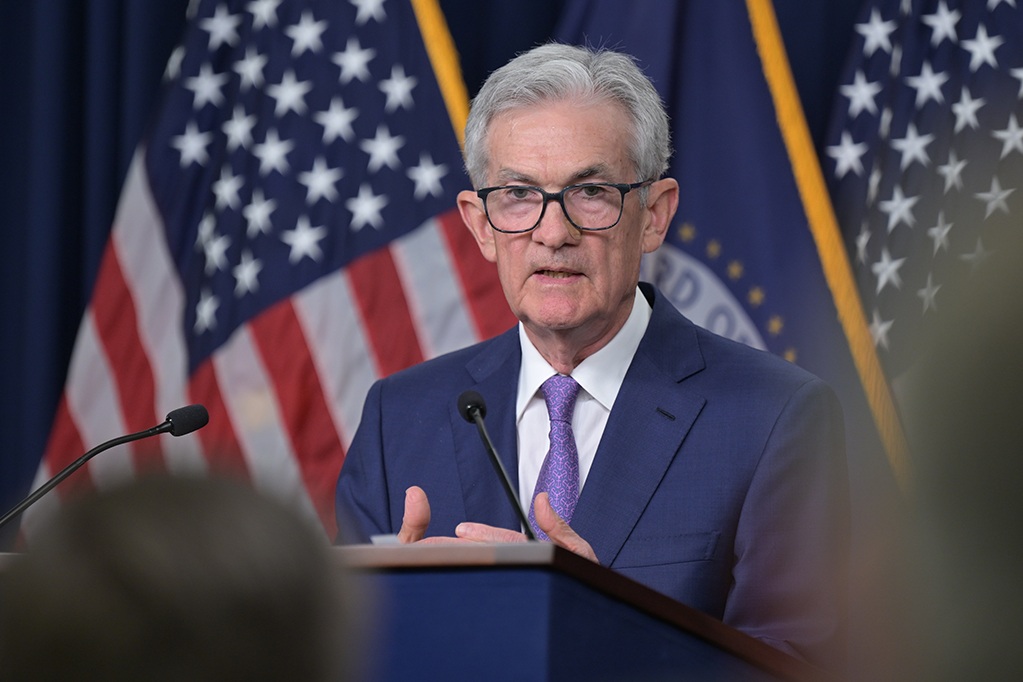IVV Is a Great Choice for Most, but I Like SPLG ETF Better
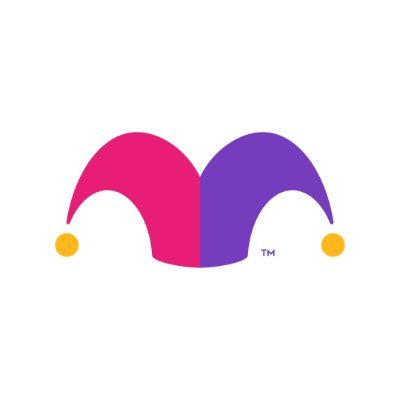
Key Points
Low-cost index funds are one of the best ways investors can buy a diverse array of stocks.
The IVV is a popular method to track the S&P 500, but there's another one I like just a little better.
It can be fun to do all the research, pick some great stocks, and then watch the outsized returns that all your hard work produced roll in. But some investors don't necessarily find "hard work" to be fun. For those investors, one of the best ways to get richer is to choose a quality, low-cost index fund to do the hard work for them. Even Warren Buffett, the legendary CEO of Berkshire Hathaway and one of the best stock pickers on the planet, famously endorses index funds as a great option for the average investor.
Where to invest $1,000 right now? Our analyst team just revealed what they believe are the 10 best stocks to buy right now. Continue »
In his 2013 letter to shareholders, Buffett wrote that his will specifies how his money should be invested after his death: "My advice to the trustee could not be more simple: Put 10% of the cash in short-term government bonds and 90% in a very low-cost S&P 500 index fund. ... I believe the trust's long-term results from this policy will be superior to those attained by most investors -- whether pension funds, institutions or individuals -- who employ high-fee managers."
Buffett believes that professional fund managers should try to beat the S&P 500, but individual investors should look at these low-cost exchange-traded funds (ETFs) as the best way to grow their wealth.
One of the most popular index funds that tracks the S&P 500 is the iShares Core S&P 500 ETF (NYSEMKT: IVV). And it's a really good fund. But I think there's one out there with some subtle differences that is even better: the SPDR Portfolio S&P 500 ETF (NYSEMKT: SPLG). If I had to choose one index fund, SPLG is at the top of my list. Here's why.

Image source: Getty Images.
Investing in SPLG
The SPLG ETF strives to mimic the performance of the S&P 500, which tracks the 500 top companies that are listed on U.S. stock exchanges. The S&P 500, like the Dow Jones Industrial Average and the Nasdaq Composite, is considered a bellwether on the overall health of the economy and the stock market.
The ETF has 503 equity holdings currently because a few of the 500 companies include multiple classes of stock. SPLG is a market-cap-weighted fund, which means that companies with the largest market capitalization have a higher weighting.
| Top 10 Holdings | SPLG Portfolio Weight | IVV Portfolio Weight |
|---|---|---|
| 1. Nvidia | 7.3% | 7.26% |
| 2. Microsoft | 6.96% | 6.91% |
| 3. Apple | 5.99% | 6.01% |
| 4. Amazon | 3.96% | 3.94% |
| 5. Meta Platforms | 2.93% | 2.93% |
| 6. Broadcom | 2.43% | 2.4% |
| 7. Alphabet (Class A) | 1.96% | 1.97% |
| 8. Berkshire Hathaway (Class B) | 1.67% | 1.67% |
| 9. Tesla | 1.66% | 1.68% |
| 10. Alphabet (Class C) | 1.59% | 1.60% |
Data sources: Morningstar, author research.
IVV is also a market-cap-weighted fund, so as you can see on the chart, its holdings are nearly identical because it's built the same way. The only real difference in the top 10 is that Tesla comes in at No. 9 with the SPLG, and at No. 8 with the IVV. That's probably just a matter of one fund balancing a little quicker than the other, but the difference is negligible and doesn't factor into my final conclusion.
It's all about the expenses
My choice comes down to which ETF is cheaper to buy, hold, and sell. The IVV has a low expense ratio of 0.03%, or $3 annually per $10,000 invested. That's a good price and what you would expect from any quality index fund.
But the SPLG is just a little bit better. Its expense ratio is 0.02%, so you're going to pay a little less in annual management fees. And those dollars tend to add up when you are paying them every year and building a portfolio that reaches into the millions.
And here's one more factor that's in SPLG's favor: the bid-ask spread, which is essentially the difference between what buyers want to pay and what sellers want to receive. The SPLG has a bid price and ask price (at this writing) of $73.16. You can't get more efficient than a perfect match. Meanwhile, the IVV has a bid of $623.45 and an ask of $623.50, meaning there's a $0.05 spread on the transaction. When the asking price is higher than the bid price, you lose a little bit of money every time you buy. That's not a big deal if you are a set-it-and-forget-it investor, but if you're a day trader or a fund manager, those pennies add up quickly. So, I prefer the more efficient ETF, the SPLG.
The bottom line
To be honest, you can't go wrong with either of these ETFs. I'm not suggesting that anyone sell their shares of IVV. But for me, the SPLG is a hair better and wins this comparison.
Should you invest $1,000 in SPDR Series Trust - SPDR Portfolio S&P 500 ETF right now?
Before you buy stock in SPDR Series Trust - SPDR Portfolio S&P 500 ETF, consider this:
The Motley Fool Stock Advisor analyst team just identified what they believe are the 10 best stocks for investors to buy now… and SPDR Series Trust - SPDR Portfolio S&P 500 ETF wasn’t one of them. The 10 stocks that made the cut could produce monster returns in the coming years.
Consider when Netflix made this list on December 17, 2004... if you invested $1,000 at the time of our recommendation, you’d have $687,764!* Or when Nvidia made this list on April 15, 2005... if you invested $1,000 at the time of our recommendation, you’d have $980,723!*
Now, it’s worth noting Stock Advisor’s total average return is 1,048% — a market-crushing outperformance compared to 179% for the S&P 500. Don’t miss out on the latest top 10 list, available when you join Stock Advisor.
*Stock Advisor returns as of July 7, 2025
Suzanne Frey, an executive at Alphabet, is a member of The Motley Fool’s board of directors. Randi Zuckerberg, a former director of market development and spokeswoman for Facebook and sister to Meta Platforms CEO Mark Zuckerberg, is a member of The Motley Fool's board of directors. Patrick Sanders has positions in Nvidia. The Motley Fool has positions in and recommends Alphabet, Apple, Berkshire Hathaway, Meta Platforms, Microsoft, Nvidia, and Tesla. The Motley Fool recommends Broadcom and recommends the following options: long January 2026 $395 calls on Microsoft and short January 2026 $405 calls on Microsoft. The Motley Fool has a disclosure policy.
